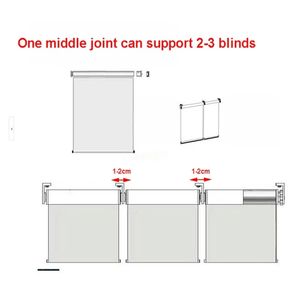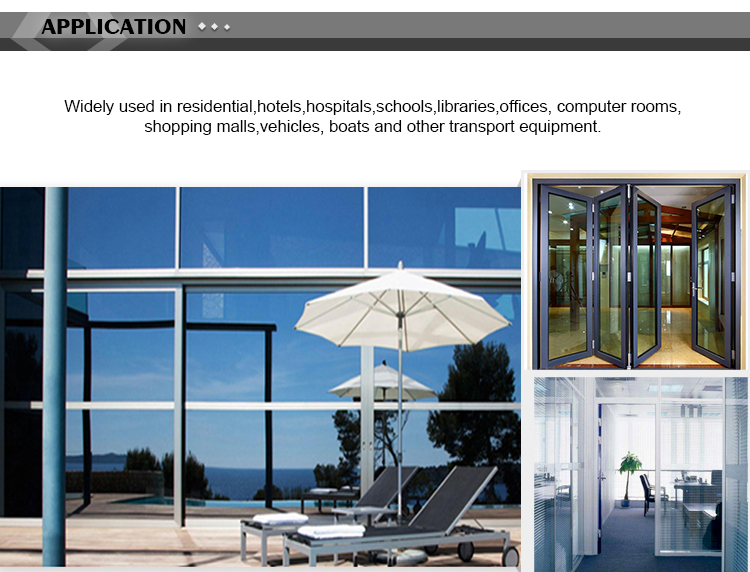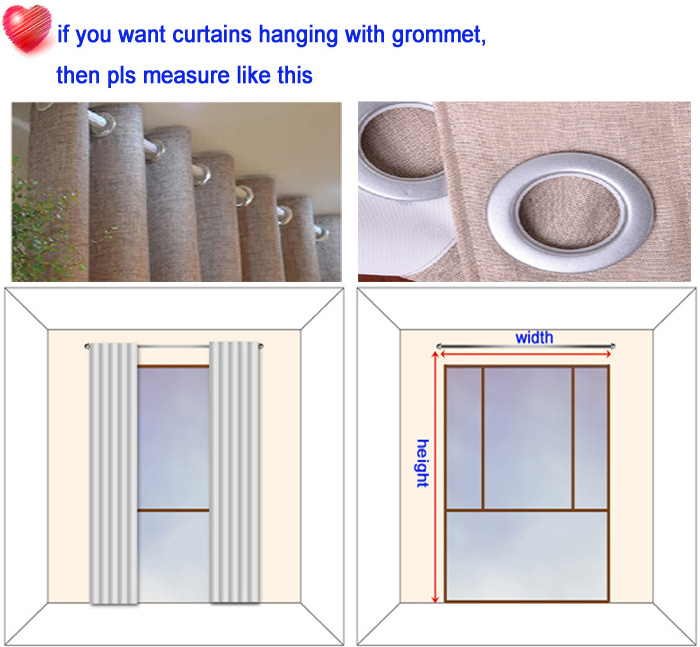Title: The Automatic Curtain Principle
The Automatic Curtain Principle is a concept that has been gaining popularity in recent years, offering a convenient and efficient way to control the light and privacy in a room. This principle involves the installation of sensors and motors in curtains, allowing them to open and close automatically in response to the light, temperature, and even voice commands. By using AI technology, these curtains can learn user habits and provide a customized experience for each individual. Whether it's a busy office or a cozy home, the Automatic Curtain Principle can enhance the comfort and efficiency of any space.
Automatic curtains, also known as smart curtains, have become increasingly popular in recent years. These curtains can automatically open and close based on various factors, such as sunlight, temperature, and even voice commands. Behind this convenient technology lies a simple but effective principle that governs the operation of automatic curtains.

The automatic curtain principle is based on the integration of sensors, actuators, and a control system. The sensors are responsible for detecting changes in the environment, such as sunlight entering a room or a rise in temperature. When these changes are detected, the sensors send a signal to the control system, which then directs the actuators to take appropriate action.
The actuators are the physical components of the automatic curtain system that perform the task of opening or closing the curtains. They receive instructions from the control system and operate based on these instructions to ensure that the curtains are positioned correctly. The actuators may be motorized rollers or sliding panels that are connected to the curtains and can be controlled remotely or locally.
The control system is the brain of the automatic curtain system. It receives input from the sensors and interprets it to determine what action needs to be taken. The control system can be as simple as a basic microcontroller or as complex as a full-fledged computer system with built-in algorithms that can learn and adapt to user behavior and preferences.

One of the most common applications of automatic curtains is in homes and offices where natural light is desired but excessive sunlight can be uncomfortable or even harmful to health. By automatically adjusting the position of the curtains, these systems provide a balance between light and privacy while maximizing energy efficiency and comfort.
Another significant application of automatic curtains is in hospitals and healthcare facilities where patient privacy and comfort are crucial concerns. By using sensors to detect when a patient is present in a room, these systems can automatically close curtains to provide privacy while minimizing the disruption to patients or healthcare workers.
The automatic curtain principle also has potential applications in other areas where environmental control is important, such as in greenhouses or industrial facilities where it can help conserve energy and improve productivity by automatically regulating light levels and temperatures.

In conclusion, the automatic curtain principle provides a convenient and efficient way to manage light and privacy in modern living spaces while reducing energy consumption and increasing user comfort. By understanding the integration of sensors, actuators, and a control system, it is possible to create customized solutions tailored to meet specific needs and preferences. With the increasing demand for smart home solutions, it is likely that automatic curtains will become more common in future residences and commercial establishments.
Articles related to the knowledge points of this article:
The Fillings of Winter Coats: A Review and Comparison
The Symbolism and Significance of Black Suits and Red Ties: A Study in Formal Wear
Title: Creative Designs for Silk Scarves: A Masterclass in Art and Craft
Title: The Art of Tie-ing a Sun-protective Face Scarf for Safe and Stylish Outdoor Adventures
Title: The Right Way to Style a Long-Sleeved Ladys Jacket
How to Tie a Silk Scarf in a Beautiful Way: A Comprehensive Guide



